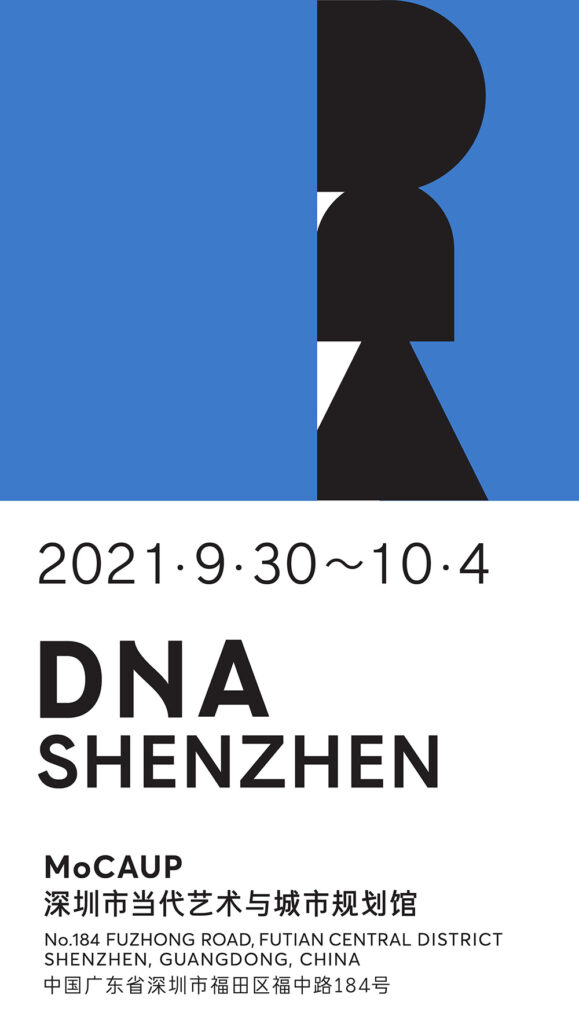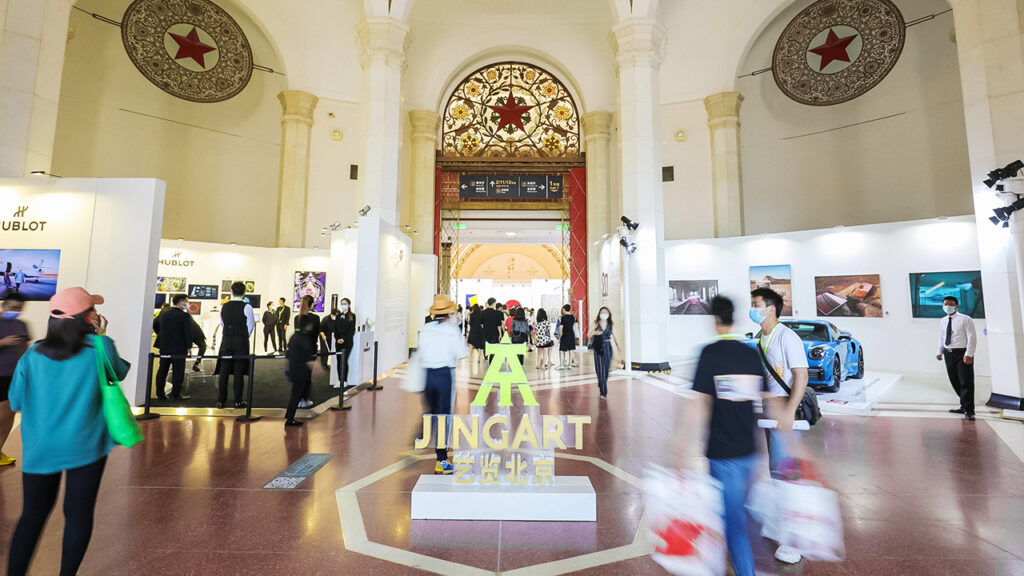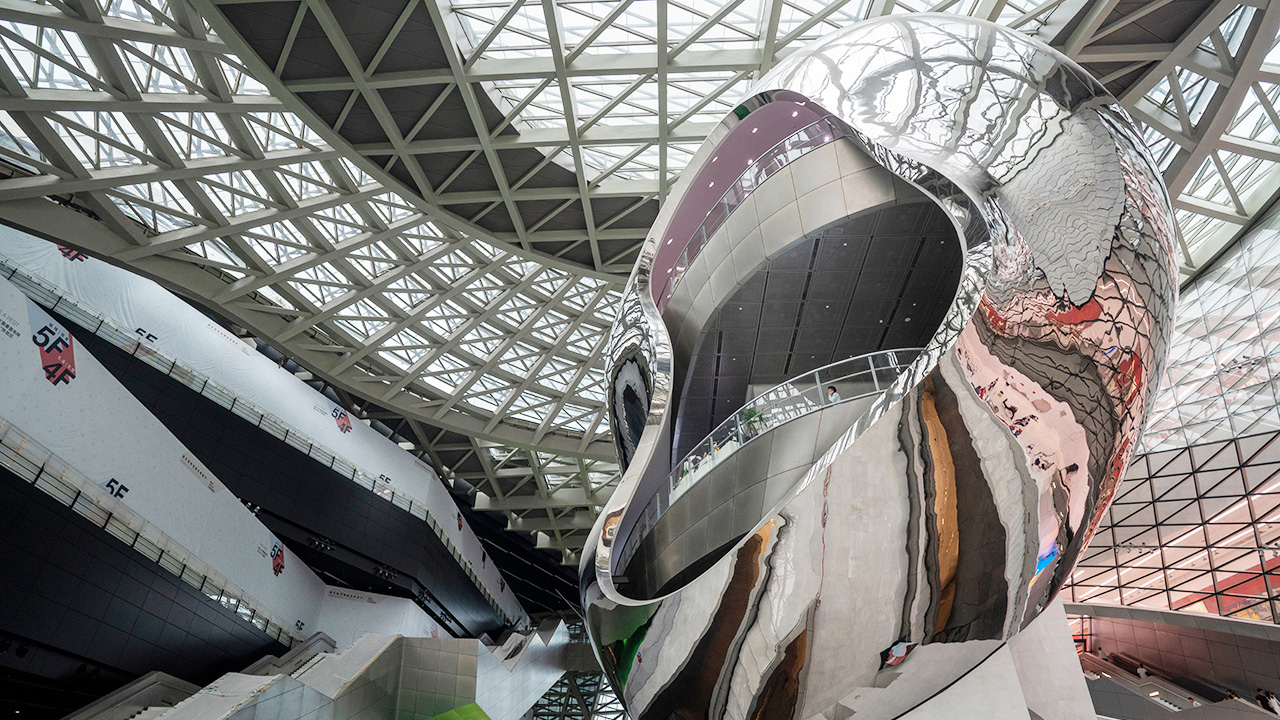Few spectacles reflect a city’s cultural potential better than the establishment of major art fairs. Unlike museums, oftentimes state-sponsored or else vanity projects of the uber-wealthy, art fairs are calculated, mercantile operations. And Shenzhen, which was a mere fishing town 40-odd years ago, now has two.

DnA Shenzhen’s first edition takes place over China’s National Day holiday, with 40 galleries and designers in attendance. Image: DnA Shenzhen Fair
In 2013, Art Shenzhen arrived in a city whose main art credentials lay in Dafen, an area known for mass producing oil paintings. Over the National Day holiday from September 30 to October 4, Design and Art Shenzhen (DnA) will join in. Courtesy of the experienced team behind ART021 and JINGART, major events in Shanghai and Beijing respectively, the fair will bring around 40 participating galleries and designers under the roof of the Shenzhen Museum of Contemporary Art and Urban Planning in the city’s Futian Cultural District.
For a city long in the orbit of Hong Kong’s art scene, DnA Shenzhen is a sign that a young, dynamic metropolis with an increasingly affluent middle class is maturing and differentiating itself. For the organizers, it’s a recognition of the considerable opportunity on offer in South China and is the latest stage in a plan to cover the country with contemporary art fairs that are international in outlook yet tailored to local tastes.
“Art and economics complement each other. Shenzhen has taken off over the past 10 or 20 years, but is a market that hasn’t been fully developed,” says ART021 co-founder Kylie Ying in conversation with Jing Culture & Commerce. “It’s a very modern city with a high cultural acceptance and the economic advantages are obvious to all of us. Now is a good opportunity to come to Shenzhen and grow up with this city.”
The inaugural DnA Shenzhen blends, as the name suggests, art and design across four areas: galleries, design, art on paper, and Curio, a platform for contemporary explorations of traditional Chinese painting, calligraphy, antiques, and the like.

Following its cancellation in 2020, JINGART returned to Beijing last month with 43 booths and 13 virtual exhibitions. Image: JINGART
Given China’s stringent COVID-related travel restrictions, international participation will most likely be limited, with organizer focus paid to not simply platforming big-name galleries, but integrating them with designers and encouraging artists to create functional collectible objects. In doing so, the team hopes to appeal to both professional collectors and general viewers looking to “improve their artistic appreciation and pursue a better-quality lifestyle,” as Ying puts it.
Experiences here will inform future ventures, potentially in the Sichuanese capital of Chengdu and on the island of Hainan, with the group seeking to build fairs composed of elements that are easily replicable in other cities.
As for Shenzhen, it’s early days, but could it become a creative capital of global influence? Ying certainly believes it’s within the city’s grasp.
“In terms of hardware, it’s not that difficult for Shenzhen to become an art hub,” she says, “But in terms of software, it needs Chinese cultural content and talent to gather in Shenzhen. This takes time.”



